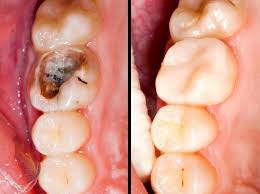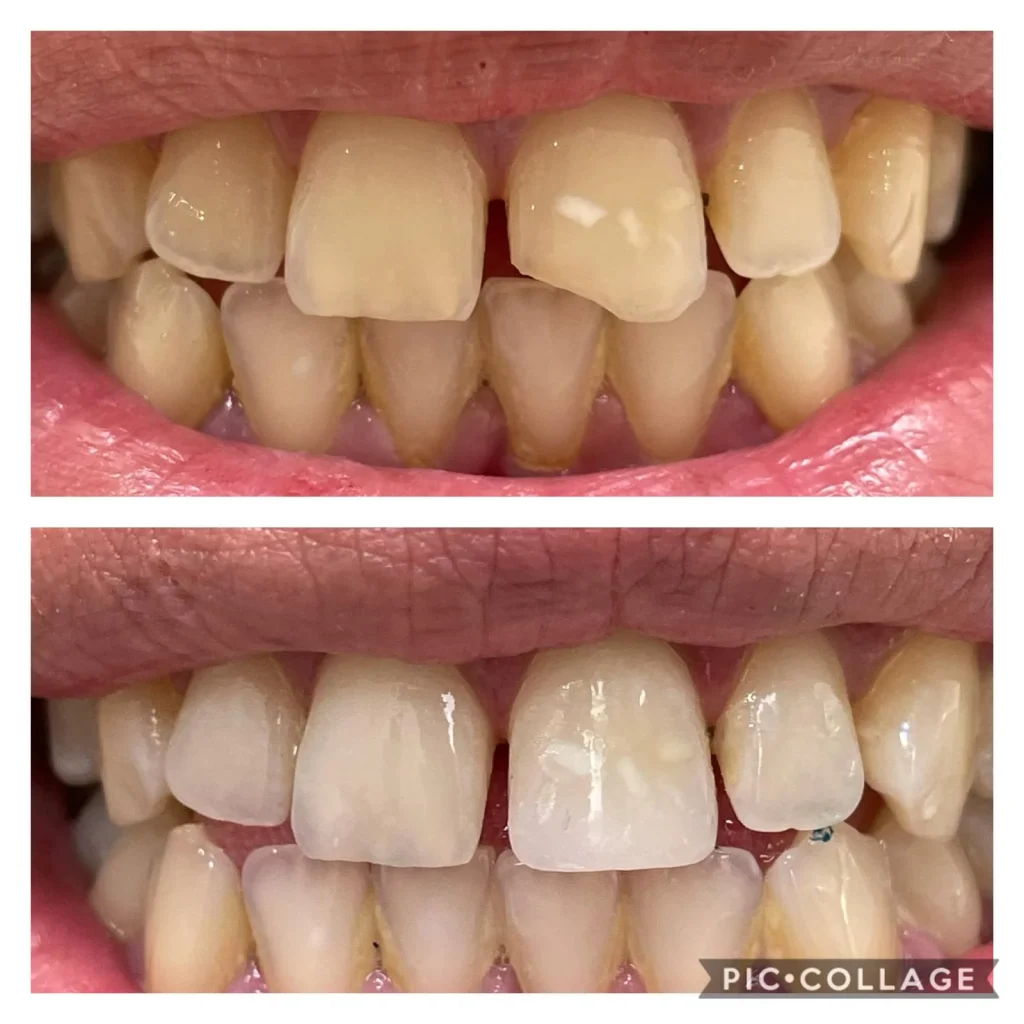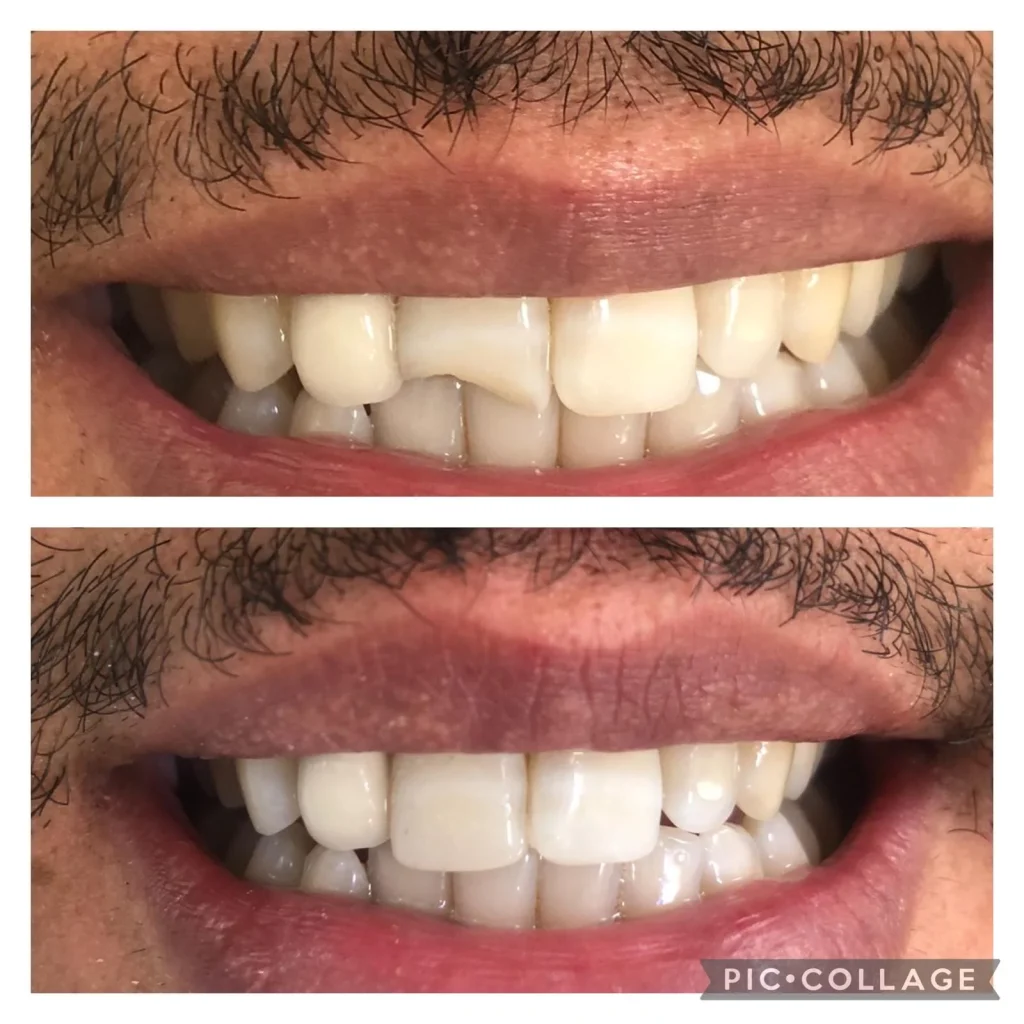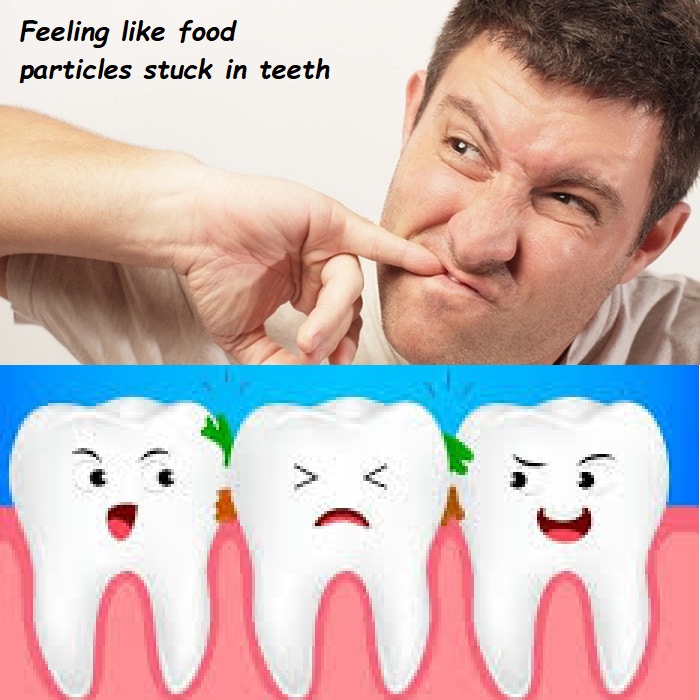Brushing teeth after a filling

Brushing Teeth After a Filling: Best Practices and Tips for Proper Care
Getting a dental filling is a common procedure that helps restore a tooth that has been damaged by decay or cavities. If you’ve recently had a filling, you might be wondering how to care for your teeth afterward, particularly when it comes to brushing. Proper oral hygiene is essential for maintaining your teeth’ health and ensuring your filling’s longevity. In this guide, we’ll explore everything you need to know about brushing your teeth after a filling, including when to start, how to do it correctly, and what to watch out for during your recovery.
Understanding Dental Fillings
Before diving into the specifics of brushing your teeth after a filling, it’s important to understand what a filling is and why it’s necessary.
What Is a Dental Filling?
A dental filling is a treatment used to restore the function and integrity of a tooth that has been damaged by decay. When a cavity forms, the decayed portion of the tooth is removed, and the resulting space is filled with a material that protects the tooth from further decay and restores its shape and strength. Fillings can be made from various materials, including amalgam (silver), composite resin (tooth-colored), gold, and porcelain.
Why Are Fillings Necessary?
Fillings are essential for preventing further damage to a tooth affected by decay. Without treatment, a cavity can continue to grow, leading to more extensive damage, pain, and the potential need for more invasive procedures like root canals or extractions. Fillings also help maintain the tooth’s structure, allowing you to chew and speak properly.
When Can You Start Brushing After a Filling?
One of the most common questions patients have after getting a filling is when they can resume brushing their teeth. The answer depends on the type of filling you received and any specific instructions from your dentist.
Composite (Tooth-Colored) Fillings
Composite fillings are made from a resin material that is cured and hardened using a special light during the procedure. Because the material sets quickly, you can typically start brushing your teeth as soon as the anesthesia wears off. However, it’s important to be gentle around the filled tooth to avoid irritation.
Amalgam (Silver) Fillings
Amalgam fillings take longer to set than composite fillings. It’s generally recommended to wait at least 24 hours before brushing the area directly around the filling. During this time, avoid chewing on the side of your mouth with the filling to give it time to harden fully.
Temporary Fillings
Sometimes, your dentist may place a temporary filling while waiting for a more permanent solution, such as a crown. Temporary fillings are not as durable as permanent ones, so you’ll need to be extra careful when brushing around the area. Follow your dentist’s instructions on when and how to brush after receiving a temporary filling.
How to Brush Your Teeth After a Filling
Brushing your teeth after a filling is essential for maintaining oral hygiene and preventing further decay. However, it’s important to do so with care, especially in the days immediately following the procedure. Here’s how to brush your teeth after getting a filling:
1. Use a Soft-Bristled Toothbrush
A soft-bristled toothbrush is gentle on your teeth and gums, reducing the risk of irritation around the filled tooth. Using a soft toothbrush after a filling is particularly important to avoid putting too much pressure on the area.
2. Be Gentle Around the Filled Tooth
When brushing, take extra care around the filled tooth. Use gentle, circular motions to clean the area, and avoid pressing too hard on the filling. If the tooth feels sensitive or sore, brushing lightly and gradually increasing pressure as the tooth heals is best.
3. Choose the Right Toothpaste
Use a fluoride toothpaste to help strengthen your teeth and protect against future cavities. If your teeth are sensitive after the filling, you might want to switch to a toothpaste designed for sensitive teeth. This can help minimize discomfort while brushing.
4. Brush Twice a Day
Continue to brush your teeth twice a day—once in the morning and once before bed. Consistent brushing helps remove plaque and bacteria, keeping your teeth and gums healthy and reducing the risk of new cavities forming.
5. Don’t Forget to Floss
Flossing is just as important as brushing, especially after getting a filling. Floss gently around the filled tooth to remove any food particles or plaque that may have accumulated. If you find that flossing around the filled tooth is uncomfortable, try using a floss threader or an interdental brush to clean the area more easily.
6. Rinse with a Mouthwash
After brushing and flossing, consider using an antibacterial mouthwash to help kill bacteria and freshen your breath. Mouthwash can also reach areas of your mouth that brushing and flossing might miss, providing additional protection against decay.
Managing Sensitivity After a Filling
It’s common to experience some sensitivity after a filling, particularly when eating or drinking hot, cold, or sweet foods. This sensitivity is usually temporary and should subside within a few days to a week. However, there are steps you can take to manage sensitivity and make brushing more comfortable:
1. Use a Toothpaste for Sensitive Teeth
If your filled tooth is sensitive, consider using a toothpaste designed for sensitive teeth. These toothpastes contain ingredients that help block the transmission of pain signals from the tooth’s surface to the nerve, reducing discomfort.
2. Avoid Hot, Cold, and Sugary Foods
To minimize sensitivity, avoid consuming very hot, cold, or sugary foods and drinks for a few days after filling. Instead, opt for foods and beverages that are at room temperature and are less likely to trigger discomfort.
3. Chew on the Opposite Side
If your tooth is particularly sensitive after the filling, try chewing on the opposite side of your mouth for a few days. This can help reduce pressure on the filled tooth and give it time to adjust.
4. Talk to Your Dentist
If sensitivity persists for over a week or becomes more severe, contact your dentist. In some cases, the filling may need to be adjusted, or an underlying issue may need to be addressed.
Long-Term Care for Your Filling
Taking care of your filling doesn’t stop after the initial recovery period. Long-term care ensures that your filling lasts and your teeth remain healthy. Here are some tips for maintaining your filling over time:
1. Maintain Regular Dental Checkups
Regular dental checkups are important for monitoring the condition of your filling and the overall health of your teeth and gums. During these visits, your dentist will check for any signs of wear, cracks, or other issues with your filling. Early detection of problems can prevent more serious complications down the road.
2. Avoid Hard and Sticky Foods
Certain foods can stress filling, leading to cracks, chips, or dislodgement. Avoid chewing on hard foods, such as ice, hard candy, or nuts, and be cautious with sticky foods, like caramel or taffy, which can pull at the filling.
3. Protect Your Teeth During Sports
If you play contact sports or engage in activities with a risk of injury to your mouth, consider wearing a mouthguard. A mouthguard can help protect your teeth, including fillings, from damage due to impact or accidents.
4. Watch for Signs of Wear
Over time, fillings can wear down, especially if you grind your teeth or have a habit of clenching your jaw. If your filling feels rough or uneven or is causing discomfort, schedule an appointment with your dentist to evaluate it.
5. Consider Night Guards for Bruxism
If you grind your teeth at night (a condition known as bruxism), it’s important to protect your fillings from the excessive pressure that grinding can cause. Your dentist may recommend a night guard to wear while you sleep. This custom-made appliance helps cushion your teeth and fillings, reducing the risk of damage.
When to Contact Your Dentist
While most fillings are successful and durable, there are situations where you may need to contact your dentist for further care. Here are some scenarios where it’s important to seek dental advice:
1. Persistent Sensitivity or Pain
It’s normal to experience some sensitivity after a filling. Still, if the sensitivity persists for more than a week or becomes more intense, it could indicate an issue with the filling. Sometimes, the filling may be too high or need to be adjusted to fit your bite properly.
2. Visible Damage to the Filling
Contact your dentist immediately if your filling has cracked, chipped, or fallen out. A damaged filling can leave your tooth vulnerable to decay and infection, so it must be repaired promptly.
3. Changes in Bite
If your bite feels uneven or uncomfortable after getting a filling, it may be a sign that the filling needs to be adjusted. An improper bite can lead to additional dental issues, such as jaw pain or tooth wear, so addressing any bite concerns with your dentist is important.
4. Signs of Infection
If you experience symptoms such as swelling, redness, or a bad taste in your mouth after getting a filling, it could be a sign of an infection. Infections require prompt treatment to prevent complications, so be sure to contact your dentist if you notice any of these symptoms.
Final Thoughts: Caring for Your Teeth After a Filling
Brushing your teeth after a filling is a critical part of maintaining your oral health and ensuring the longevity of your dental work. By following your dentist’s instructions and practicing good oral hygiene, you can keep your teeth and fillings in great shape for years to come.
Remember to be gentle when brushing around the filled tooth, use the right tools and techniques, and stay consistent with your oral care routine. If you experience discomfort, sensitivity, or issues with your filling, don’t hesitate to contact your dentist for guidance and care.
With the right approach to brushing and long-term maintenance, you can enjoy a healthy, strong smile that not only looks great but also functions well. So, after getting a filling, take the time to care for your teeth properly, and you’ll be well on your way to preserving your dental health and enjoying the benefits of a well-maintained smile.









